
Bayside Pre-Owned Hollywood Blog
Automatic Transmission Fluid Maintenance
Your transmission is a complex machine, second only to the engine in complexity. To function effectively, it must be filled with the right type and amount of Automatic Transmission Fluid. This fluid creates the hydraulic pressure necessary to move gears. It also protects against wear and corrosion by providing a thin film between moving parts. When ATF becomes old or contaminated, it loses its protective properties, making your transmission vulnerable to damage. Regularly checking and replacing your ATF according to your manufacturer's schedule ensures that your transmission continues to operate efficiently. Without proper maintenance, you risk increased friction, heat, and eventual transmission failure.
Most vehicles come equipped with a dipstick, similar to the one used for engine oil, making it easy for owners to monitor fluid levels. To check your ATF, ensure your vehicle is on a level surface and your engine is warm. With the engine running, remove the dipstick, wipe it clean, and reinsert it fully. Remove it again to check the fluid level. If levels are low, add the recommended ATF type slowly to avoid overfilling.
There are clear signs that your ATF may need replacement or attention. Discolored fluid, typically brown or black, indicates contamination or oxidation, which reduces effectiveness. A burnt smell is another red flag, suggesting overheating or degradation of the fluid.
Sluggish gear shifts or unusual noises when changing gears can also signal ATF issues. These symptoms suggest that the transmission is struggling to operate smoothly, possibly due to inadequate lubrication. Addressing these signs promptly can save you from costly repairs later on.

Electric Car Shoppers
What's the Difference
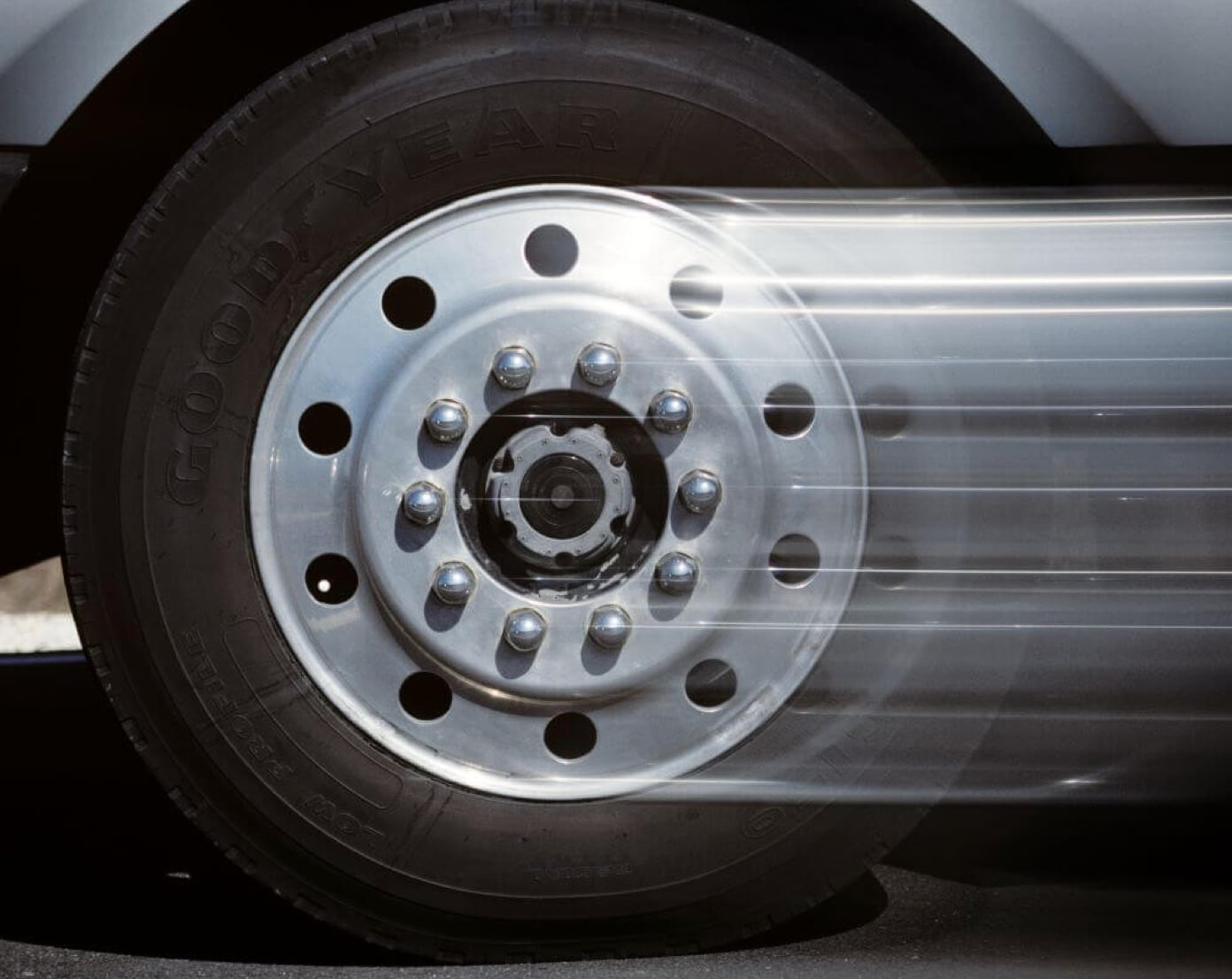

What does B do in an automatic transmission?
Air Recirculation Tips
Most vehicles have a recirculation button with the AC controls, but many of us are unsure when to use it. Here's a simple guide:
1. Summer Use: Use the recirculation button in the summer. It takes the air from inside the car and recirculates it in the cabin, making it cooler faster and reducing the strain on your AC system.
2. Winter Use: Turn off the recirculation button in the winter. This allows fresh air from outside to enter the car, preventing fogging on the windows.
3. Initial Cool Down: If your car has been baking in the sun, roll the windows down and turn off the recirculate for the first minute to expel the hot air inside. Then, turn on the recirculate to cool the car more efficiently.
4. Stuck in Traffic: Use the recirculation feature in traffic (summer or winter) to reduce the amount of pollutants and carbon monoxide entering your vehicle. Studies show that recirculating your AC can cut down pollutants entering your vehicle by 20% when stuck in traffic.
By following these tips, you can optimize your car's AC system, stay cooler in the summer, reduce pollutants and prolong the life of your AC.
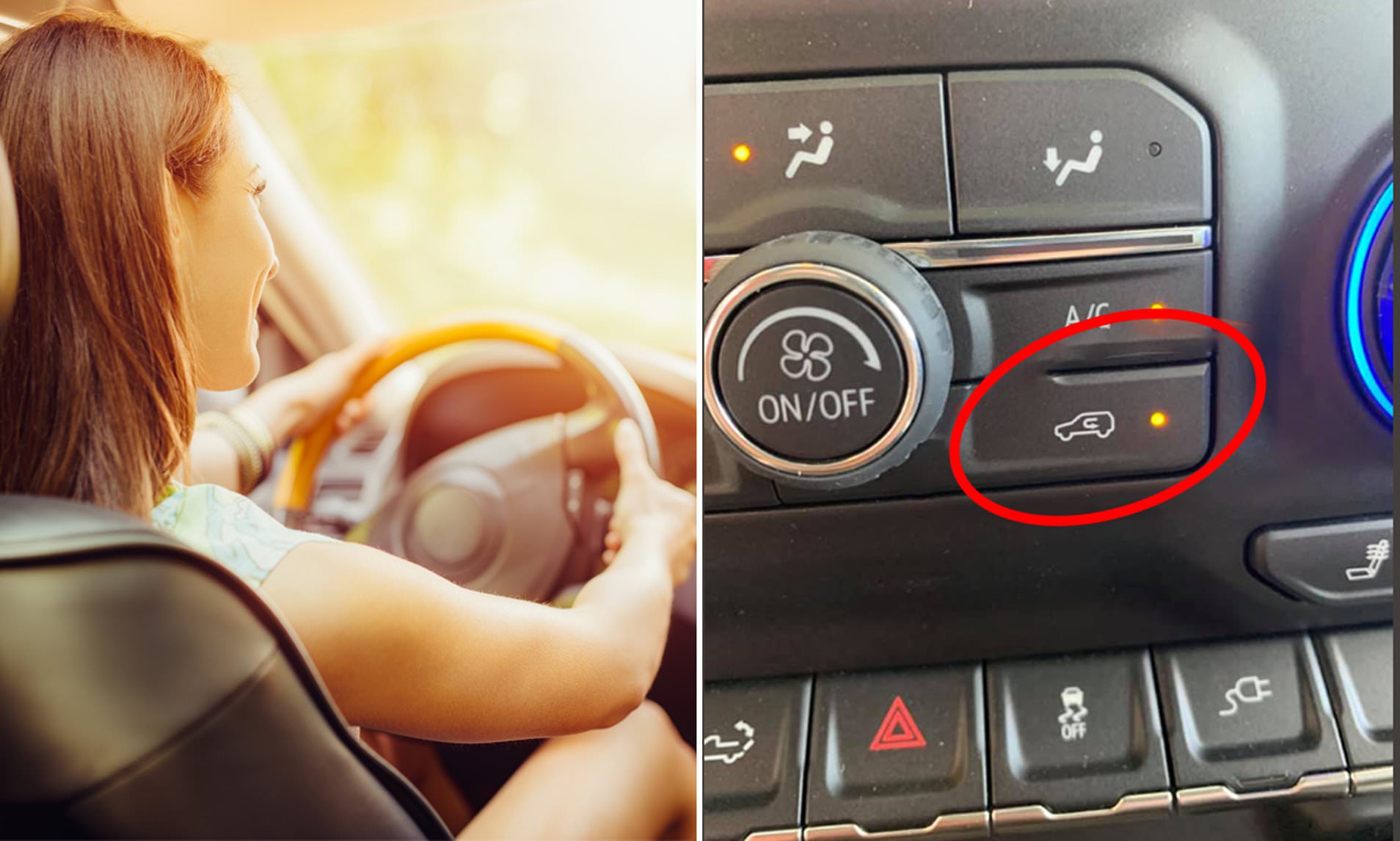

Summer Roadtrip Checklist
- Correct alignment: Signs of misalignment include uneven tire wear, a vibrating steering wheel, or the vehicle pulling to one side. If you notice any of these issues, it's important to have your alignment checked by a professional before heading out on your road trip.
- Tire pressure: Low tire pressure can lead to increased resistance between the tires and the road, causing premature wear. Conversely, overinflated tires can result in decreased traction and handling. Be sure to check your tire pressure regularly and adjust as needed before starting your road trip.
- Brakes: Regular brake maintenance can help prevent accidents and ensure that your vehicle stops when needed. If you notice any unusual noises or vibrations when braking, it's essential to have your brakes inspected by a professional before setting off on your road trip.
- Battery: The lifespan of a typical car battery is around three to five years. It's important to have your battery checked during routine maintenance appointments to ensure it is operating correctly.
- Windshield maintenance: Cracks or chips in your windshield can impair visibility and compromise the structural integrity of your vehicle in the event of an accident. Before hitting the road, be sure to repair any windshield damage and replace worn wiper blades for optimal visibility during inclement weather.
ABS, What Does it Mean?
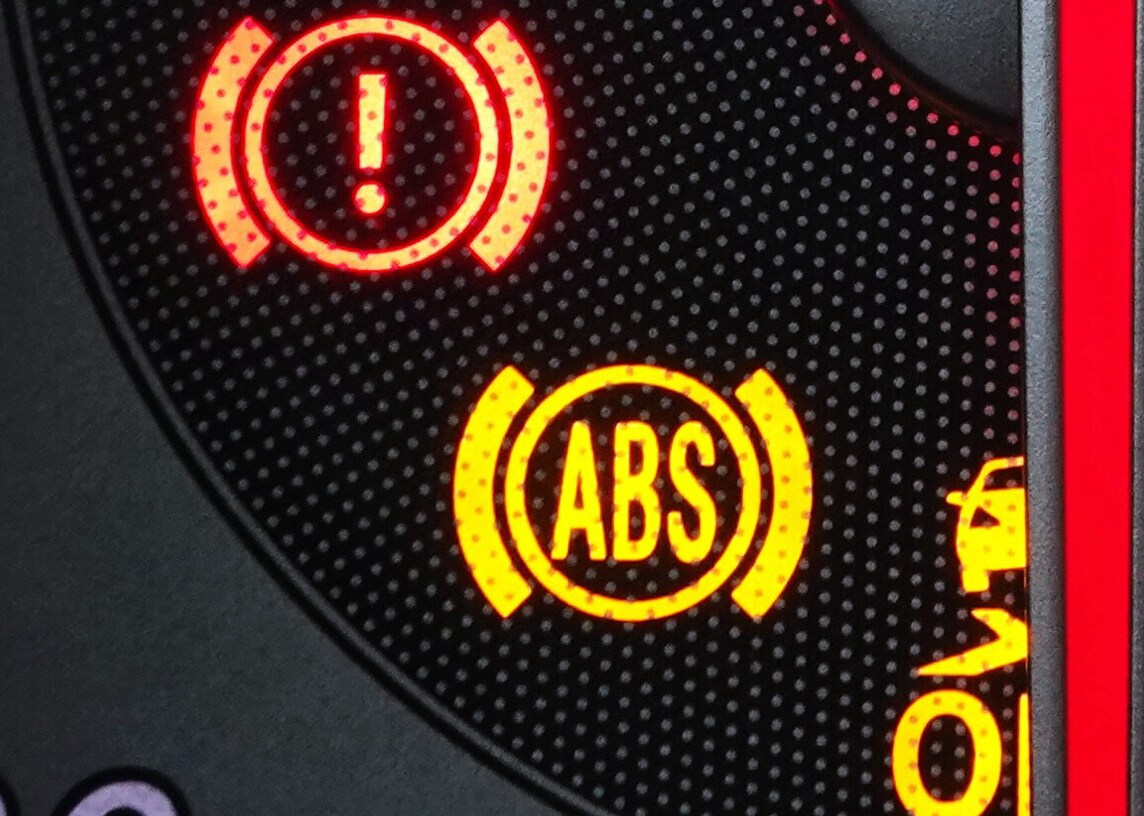

Understanding the Purpose
Life-Saving Technology
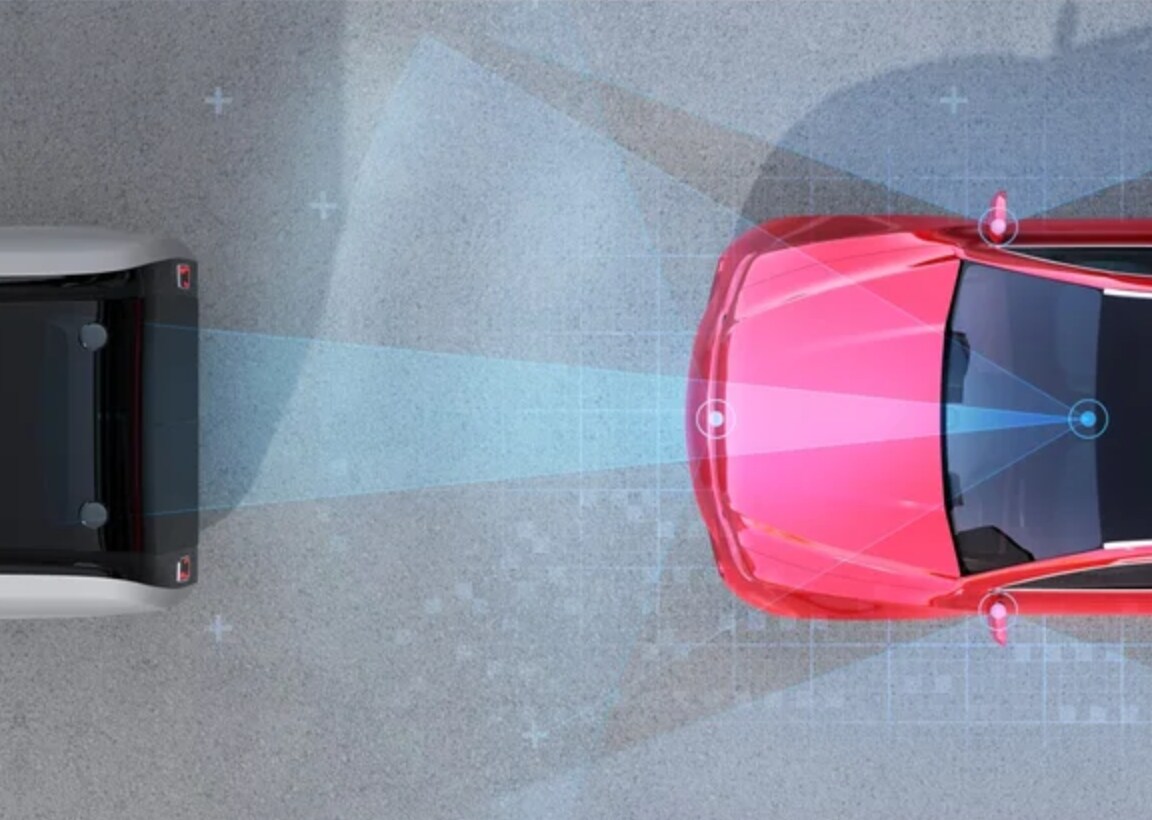

Tire Safety Checklist
The Importance of Fog Lights
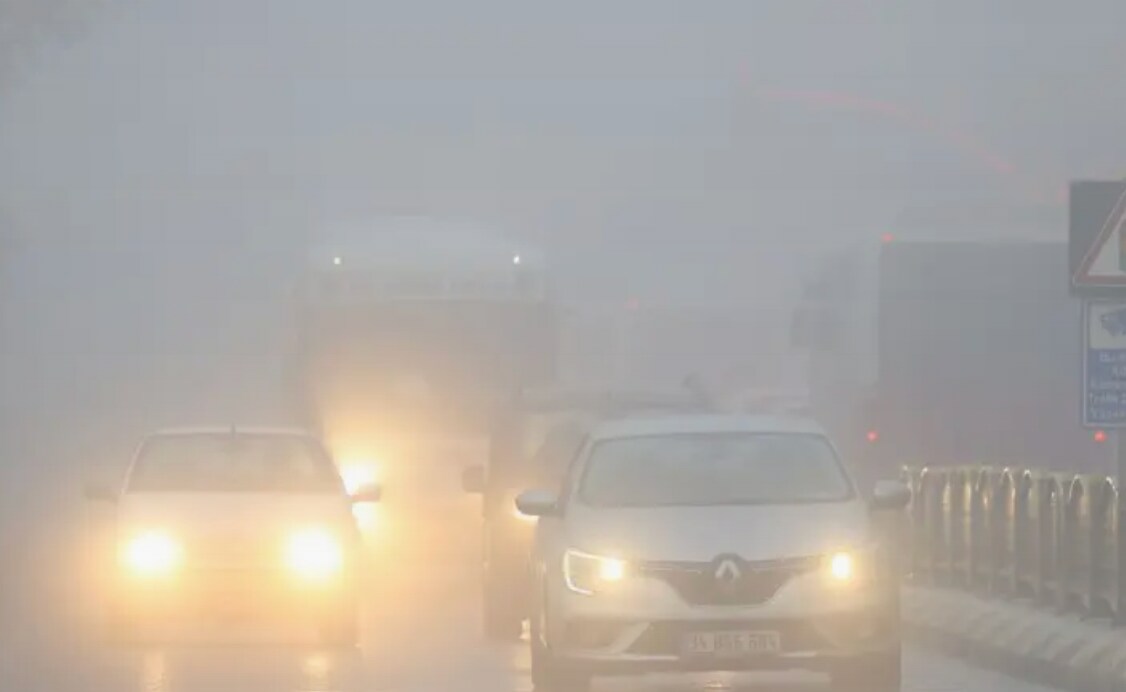
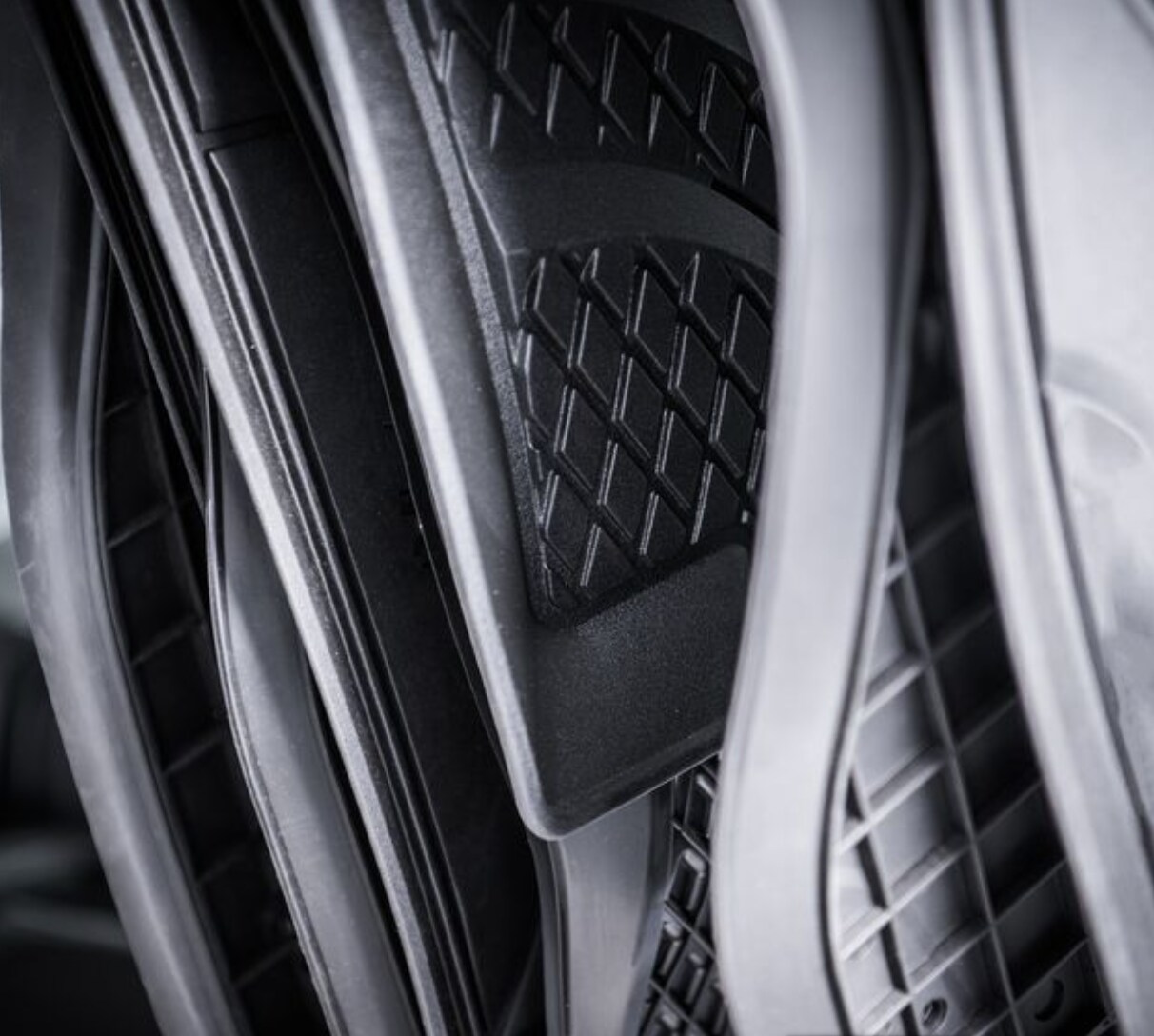
Things To Consider
What's the Difference


Understanding Your Car's Check Engine Light
The Advantages of Buying a Used Car


The Best SUVs for family Travel
How do you know you've got a puncture that's fixable?
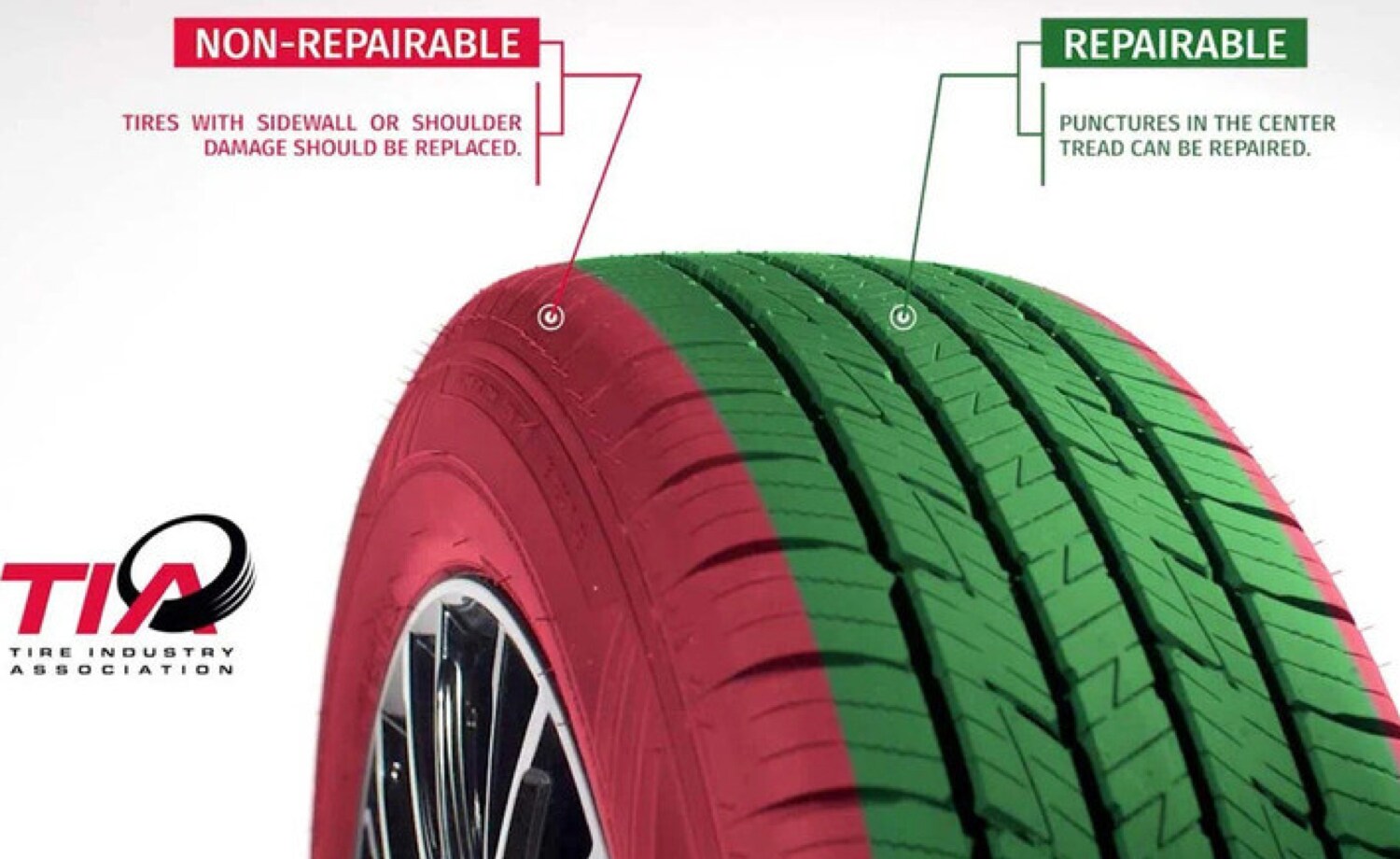

Maintain Your Recovery Gear
Essential Items for Every Car


Windshield Safety for Drivers
How to Easily Determine Which Side Your Fuel Tank is On
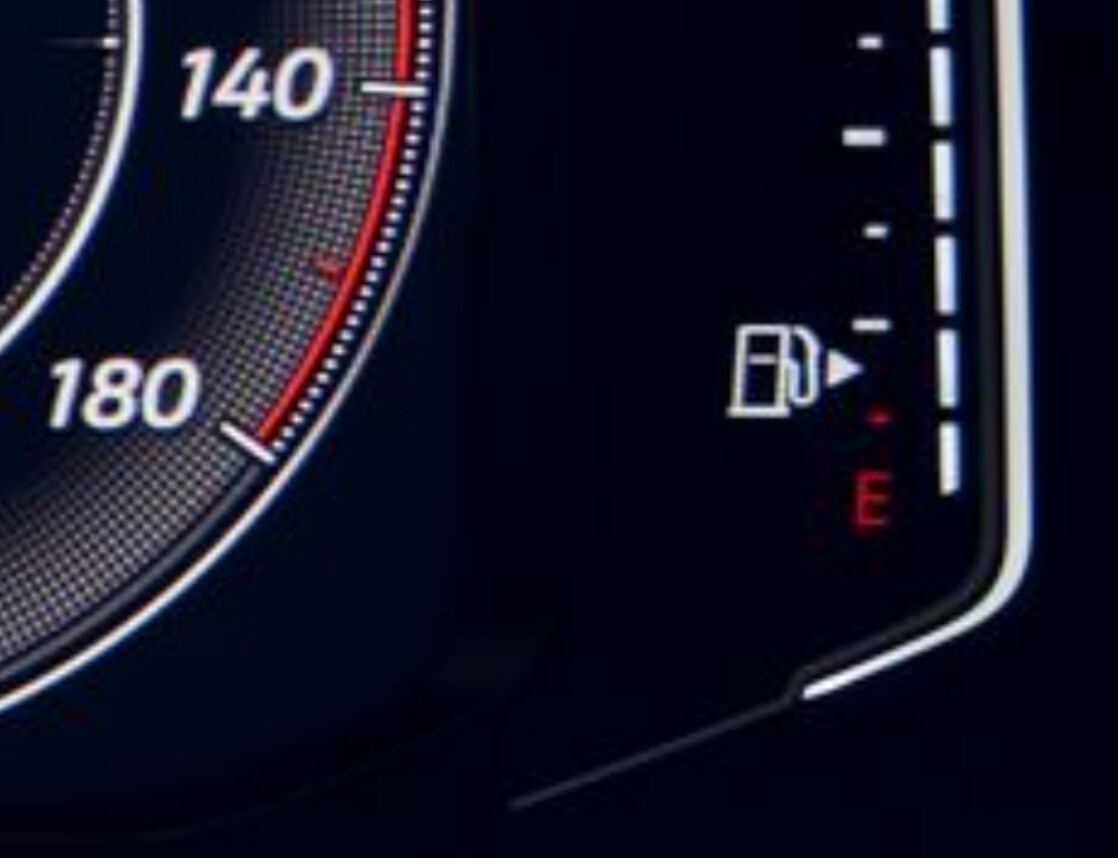
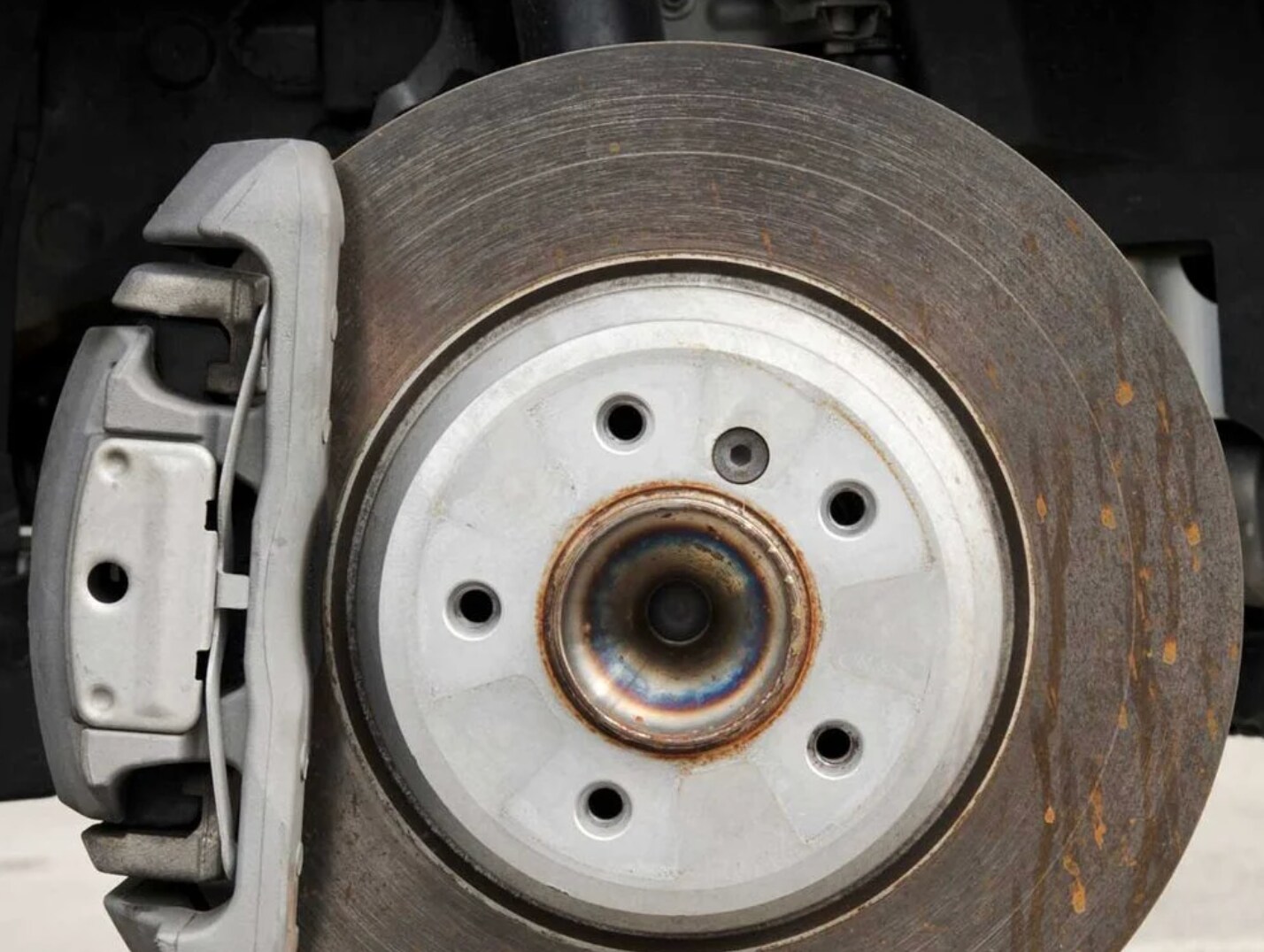
Understanding Your Vehicle's Brake System
Decoding Tire Tread Patterns
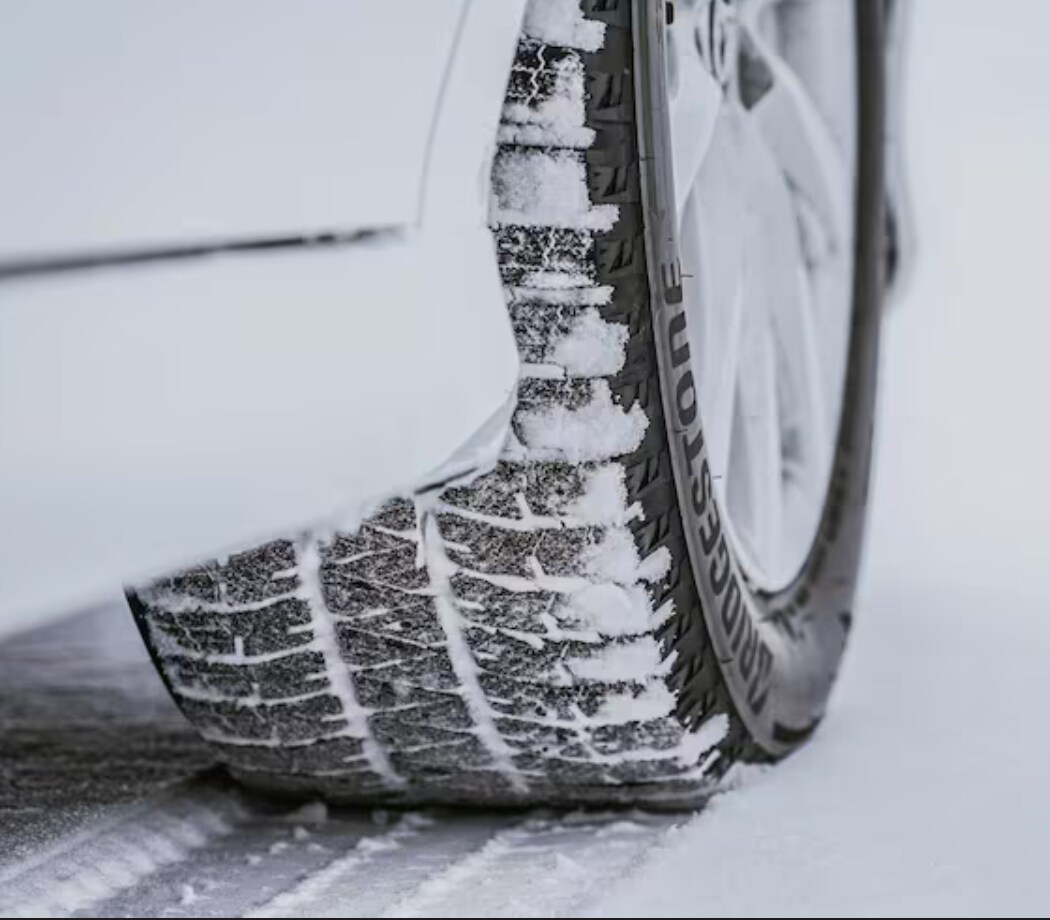
When to Use Your High Beam Lights on the Road

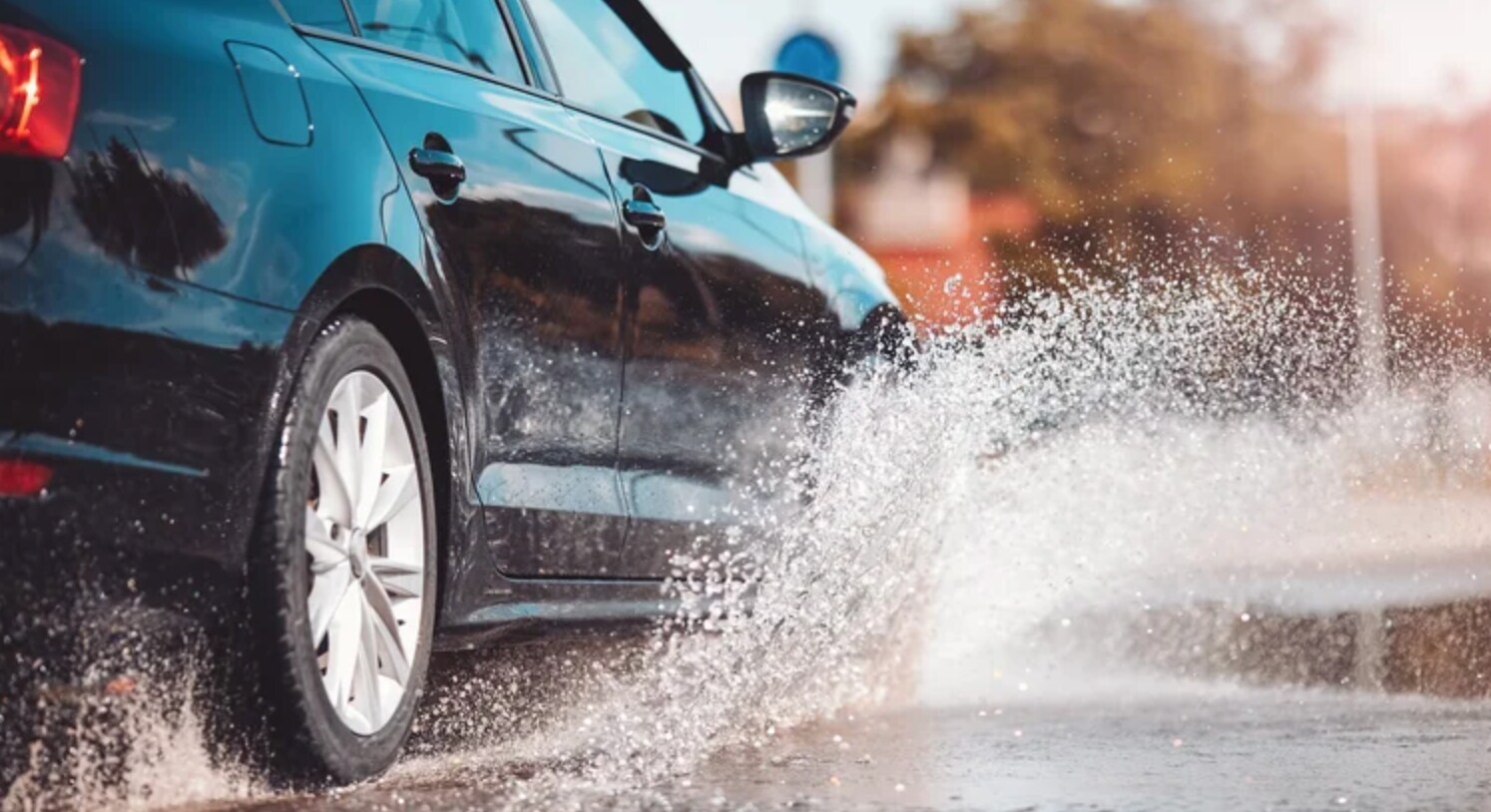
Traction Control vs. Stability Control: What's the Difference?
Ensuring Road Safety


Stay Road-Ready
Winter can be a beautiful time of year, but it can also bring some quite treacherous conditions on the roads. As a driver, it is essential to prepare yourself and your vehicle for any situation on the road. An emergency supply kit is the best way to help keep you, your passengers, and your vehicle safe during the winter months. Your winter car safety kit should include a properly inflated spare tire, wheel wrench, and tripod jack. Flat tires are one of the most common occurrences experienced by drivers, and during the winter months, having a spare tire is even more important as roads can be hazardous. Having jumper cables and a car charger for your cell phone is essential in a winter car safety kit. The last thing you want when you're stranded on the side of the road during the winter months is to lose power to your phone. Not only does this impact your safety, but it can also restrict your communication with emergency services. Ensure that you have a well-stocked first aid kit that includes medical supplies, a blanket, and high-energy non-perishable foods. These can come in handy in emergency situations before help arrives. The blanket can be essential if you need to keep someone warm while waiting for help. It's important to regularly check and update your kit at least every six months to ensure it is still equipped with everything you need. Remember to store family and emergency contact numbers in your phone, including your auto insurance provider and a towing company. Stay prepared, stay safe, and enjoy the winter season!
Surviving the Subzero Temperatures

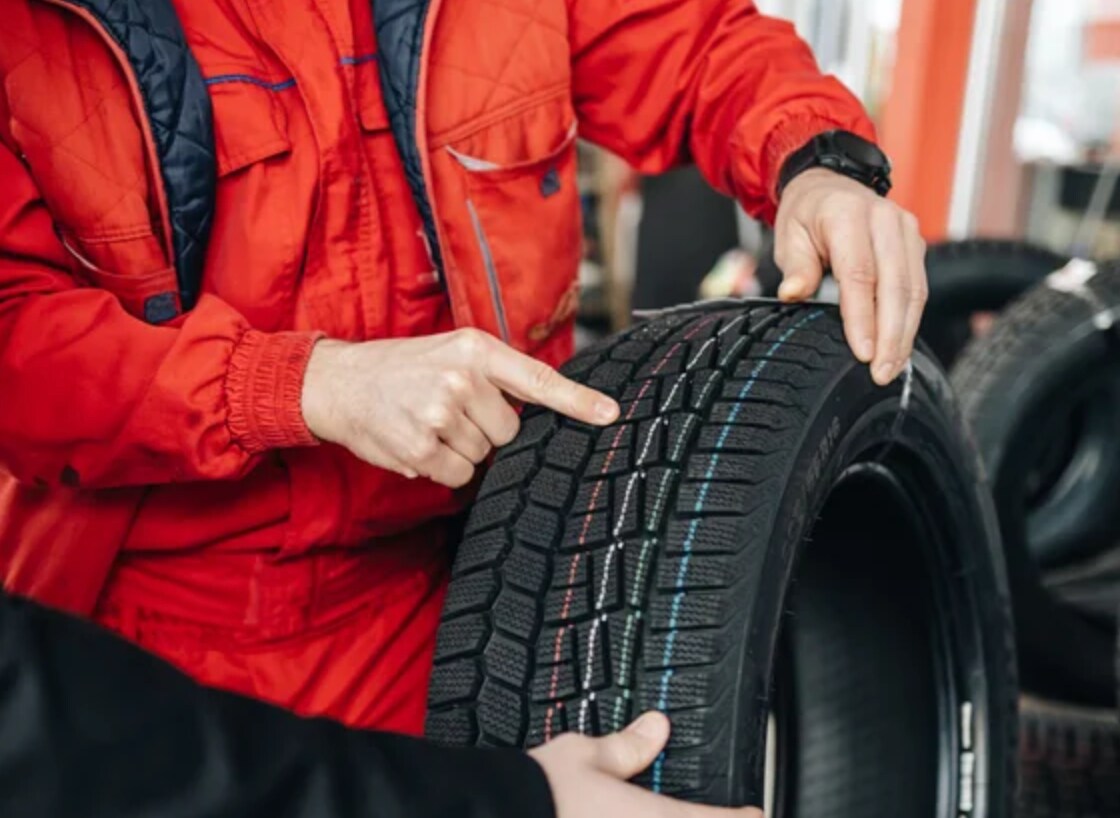
The Importance of Tire Maintenance
The Importance of Checking Tire Pressure Before Winter
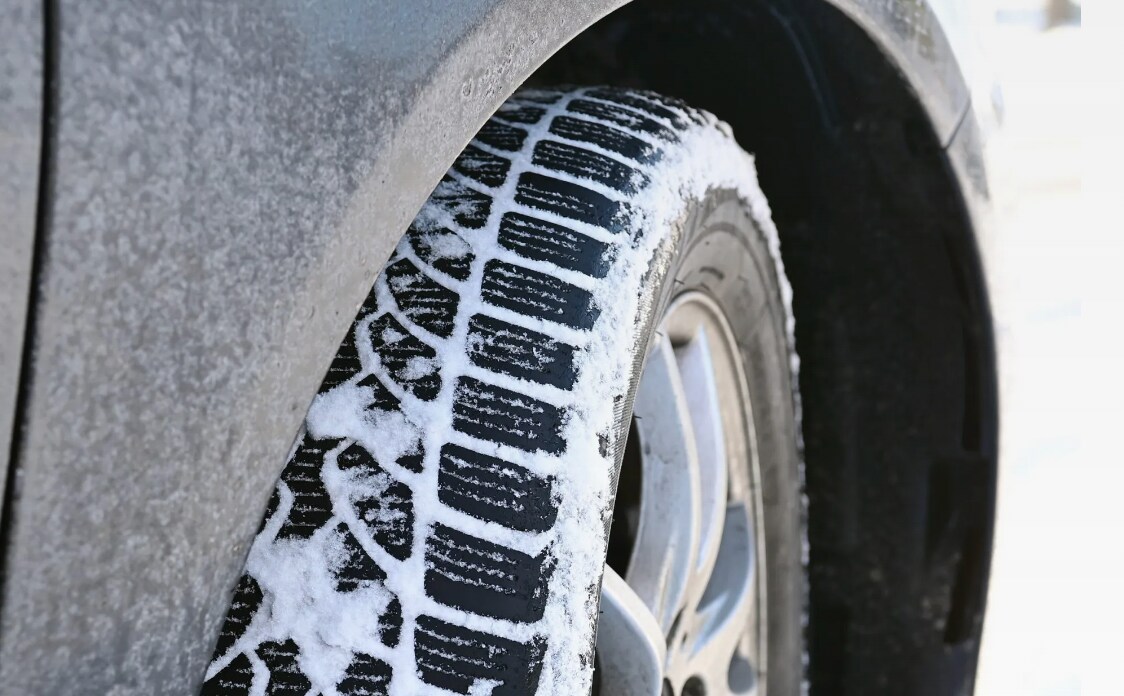
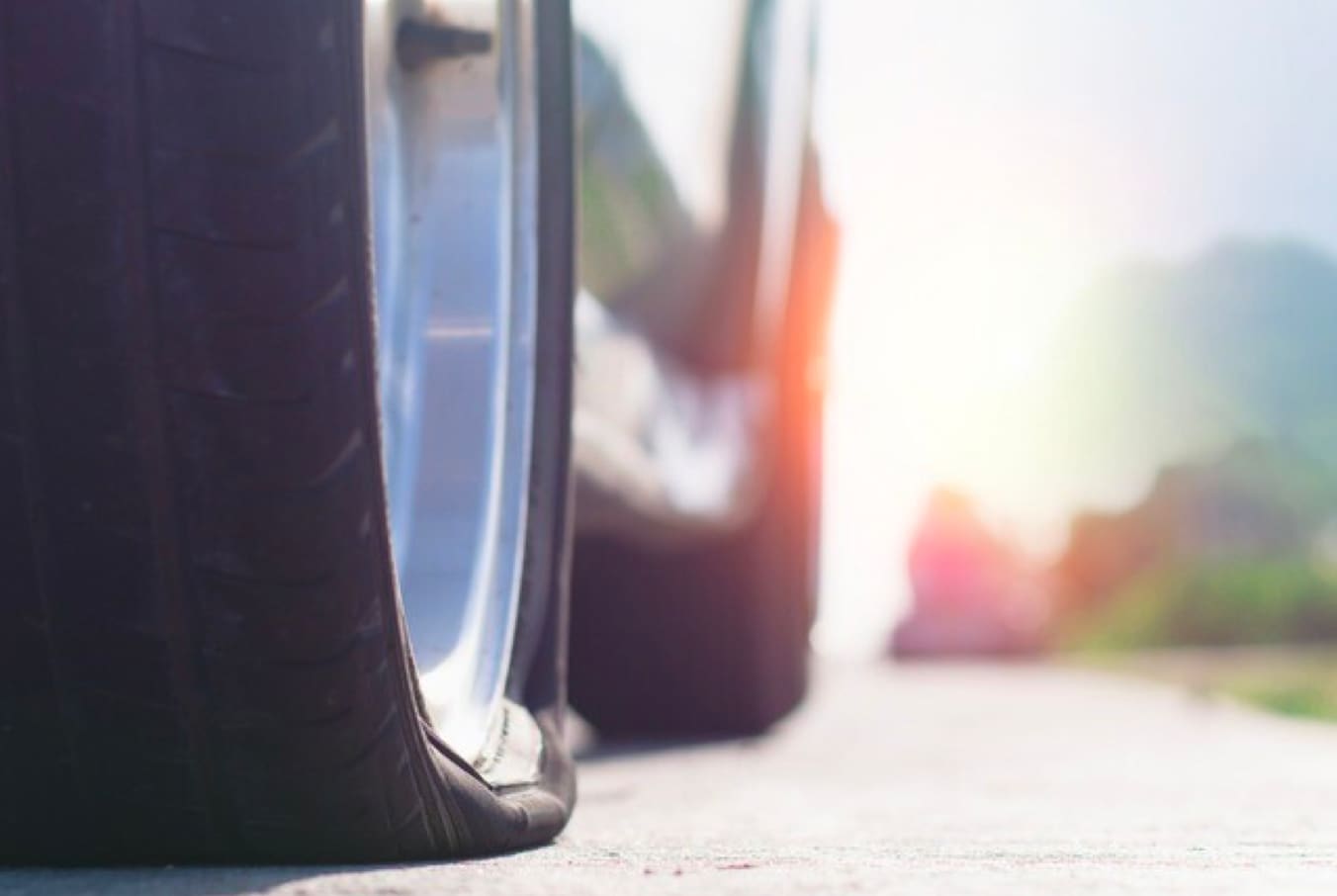
The Dangers of Driving with Bad Tires
Don't Delay Windshield Repairs

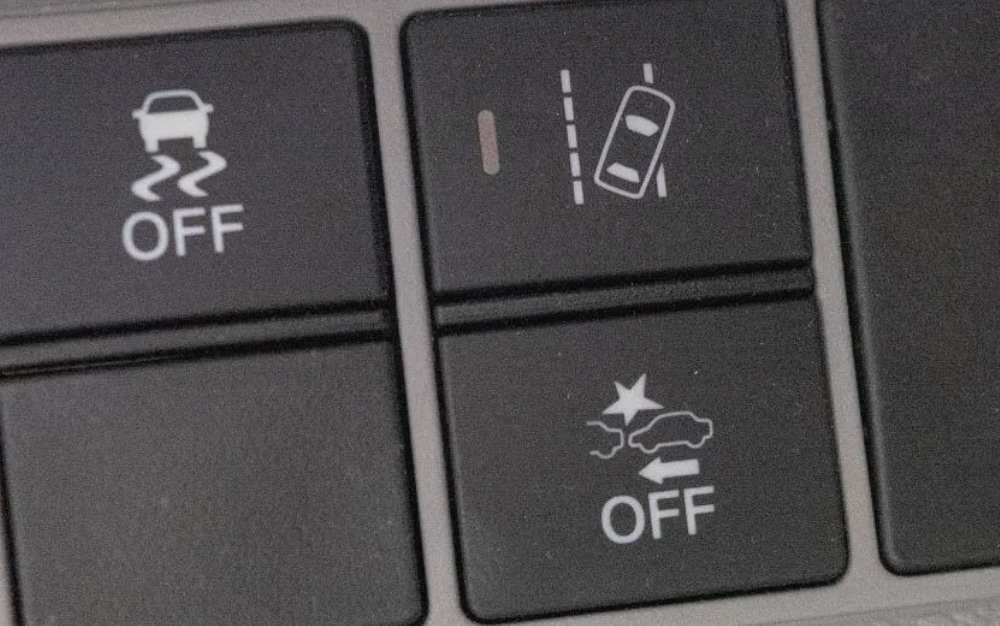
Check Car Safety Features
Ensuring Road Safety
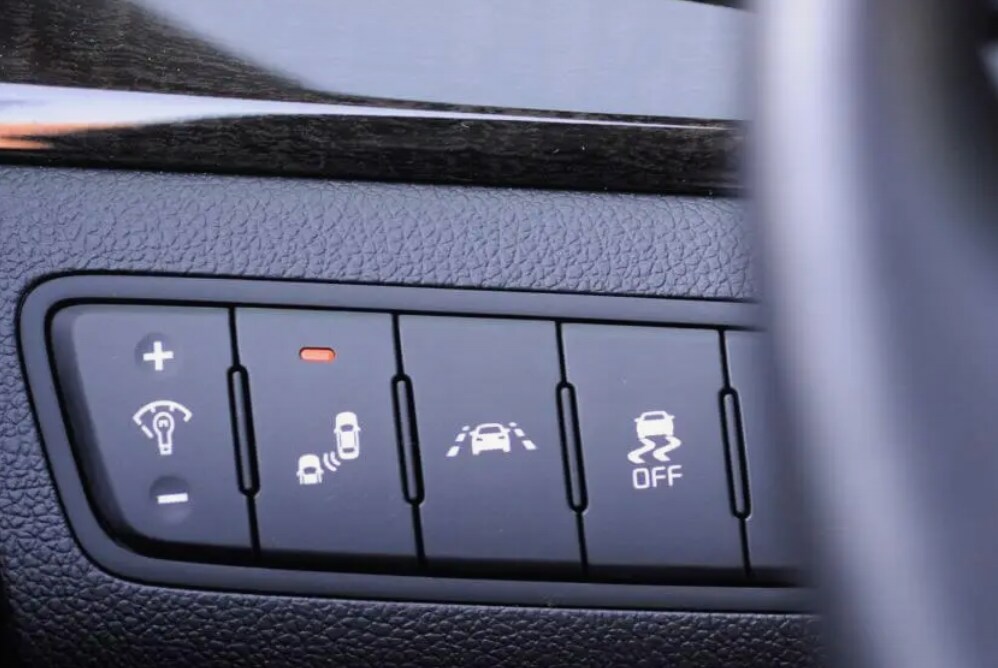

Stress-Free Car-Shopping
Traction Control
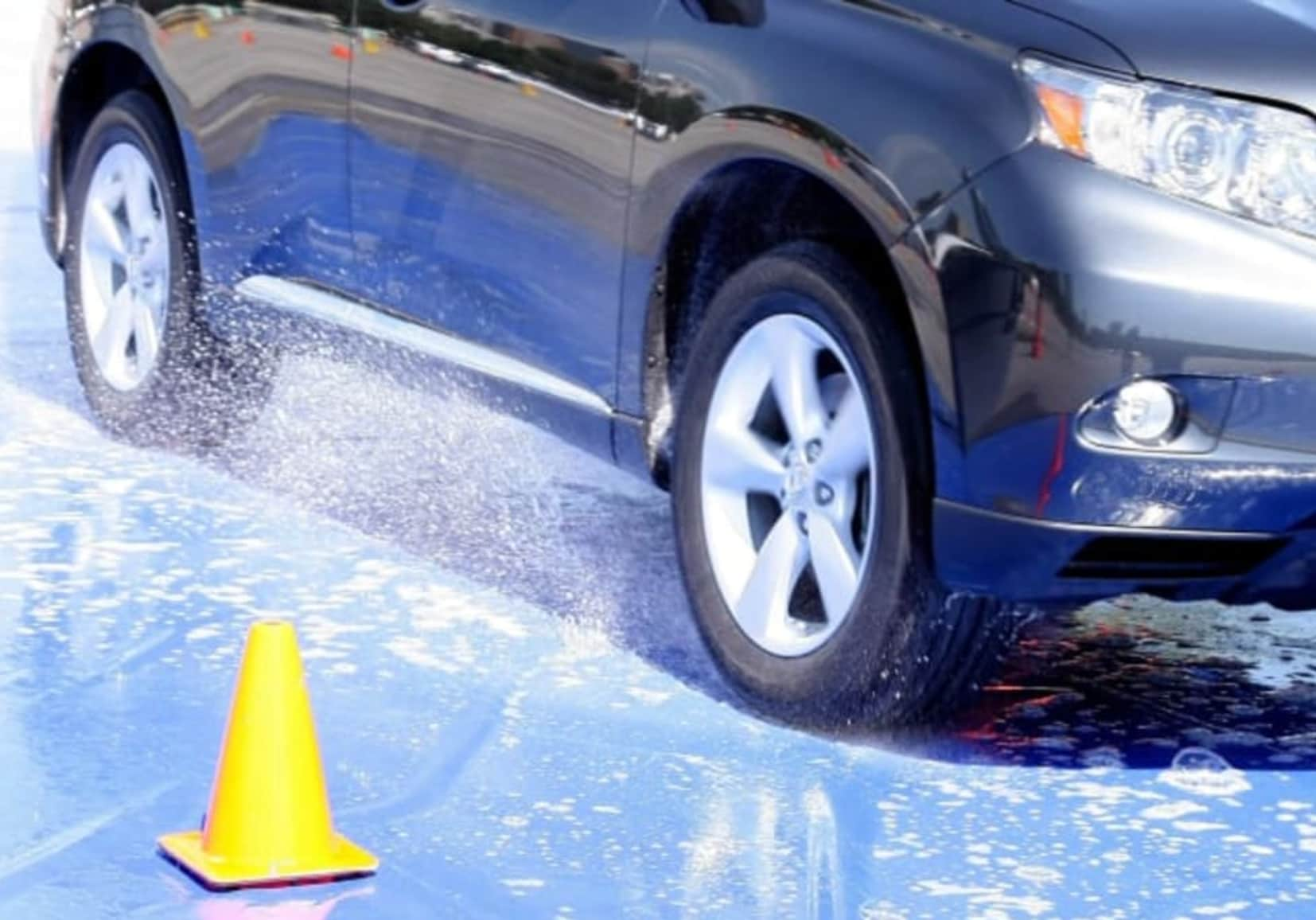
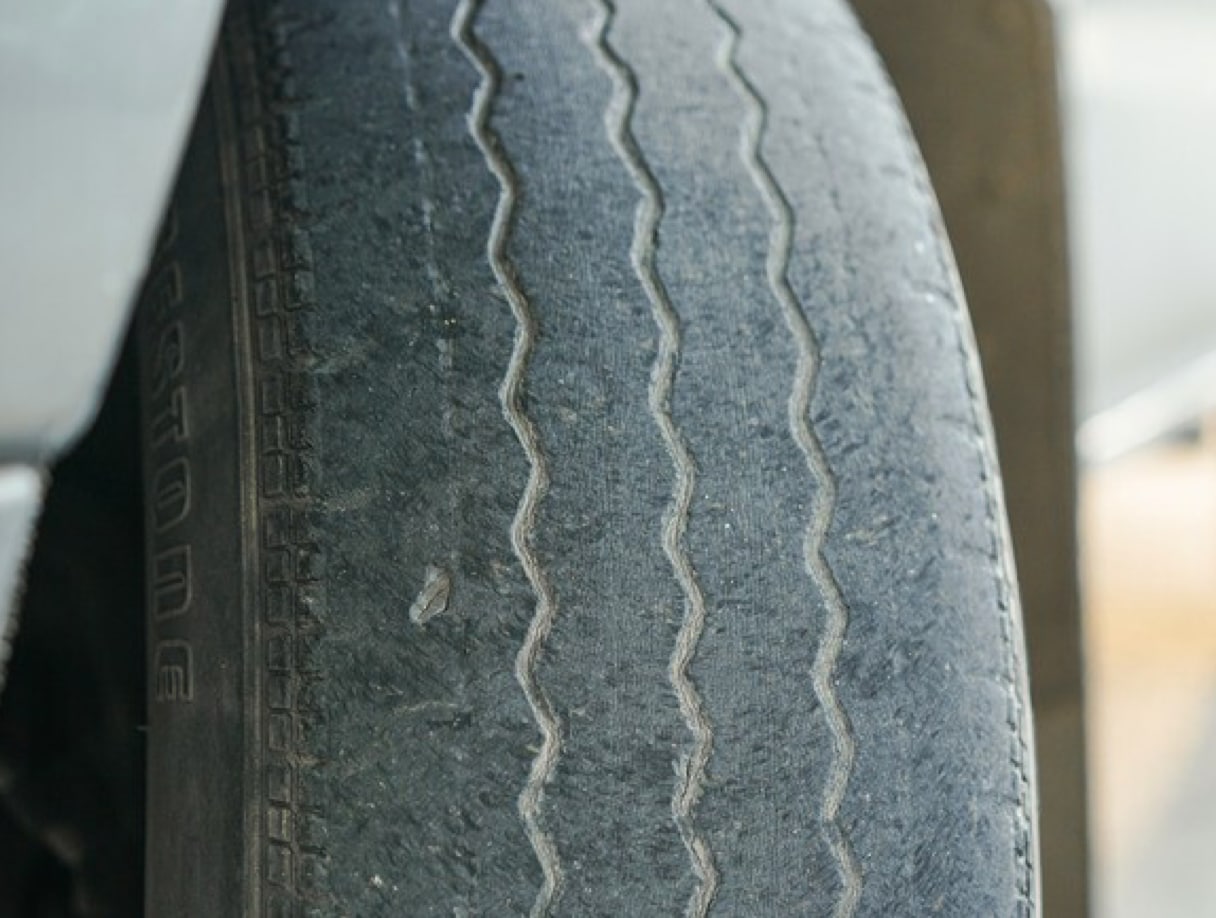
Conscientious Tire Maintenance
Taking Care of Your Vehicle’s Battery
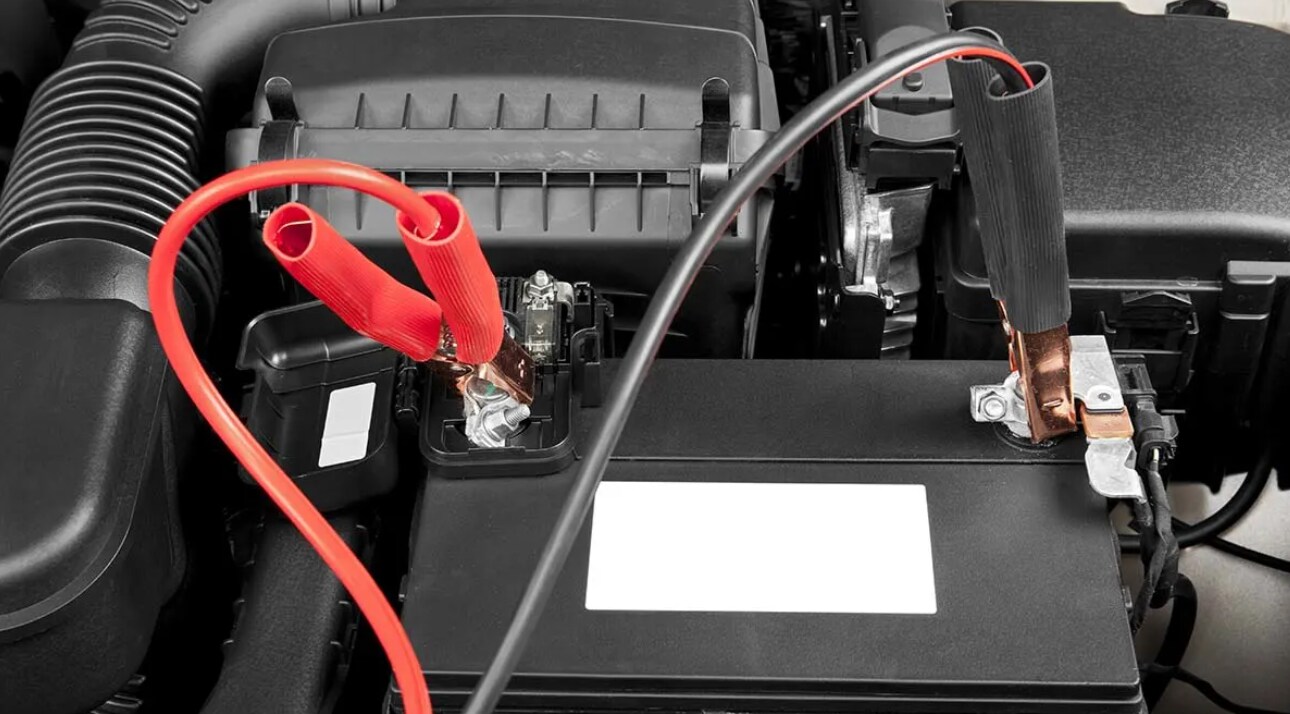

The Ultimate Guide
How Does a Fuel Gauge Work?

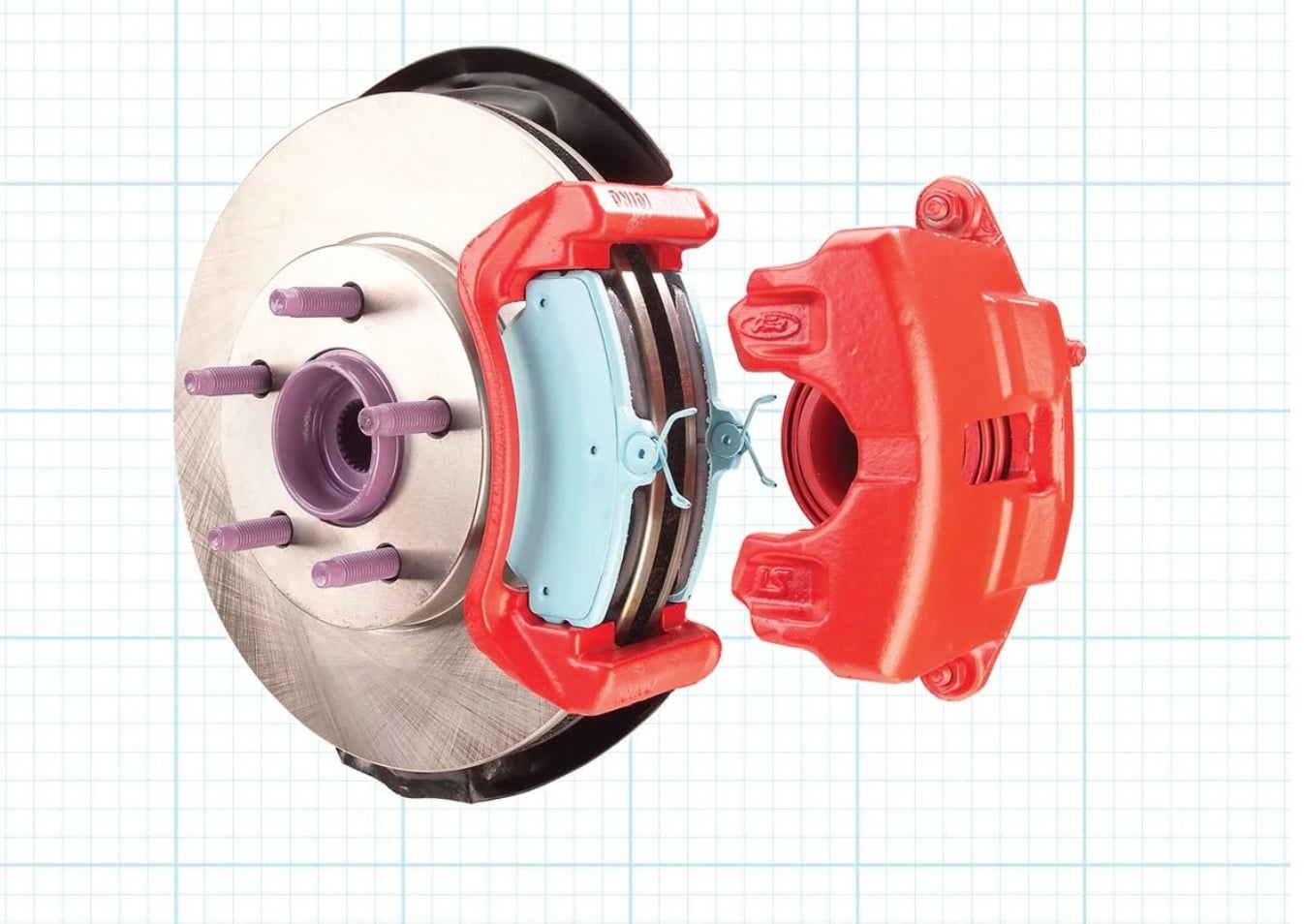
Checking your Breaks
All-Season Tires
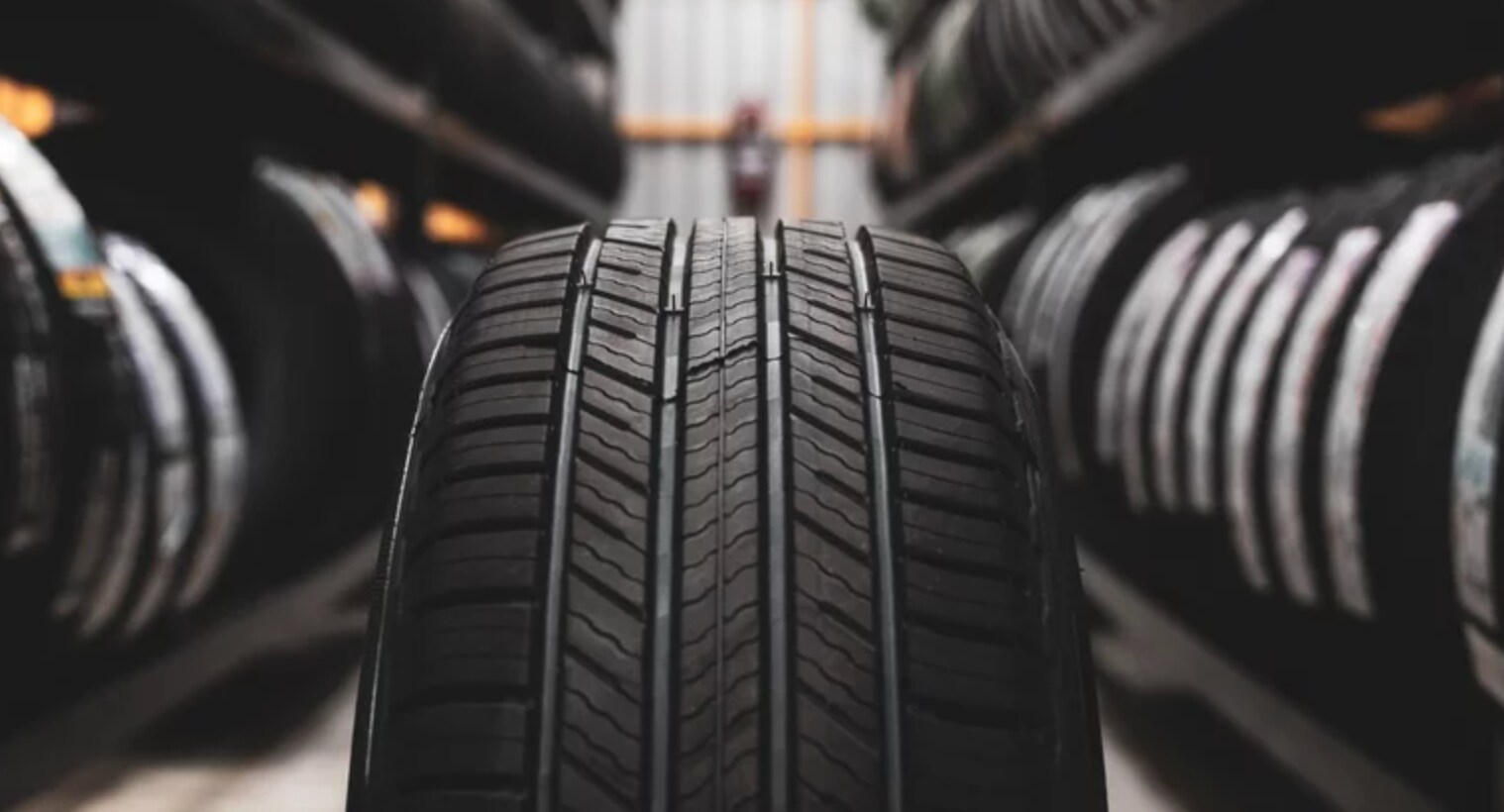
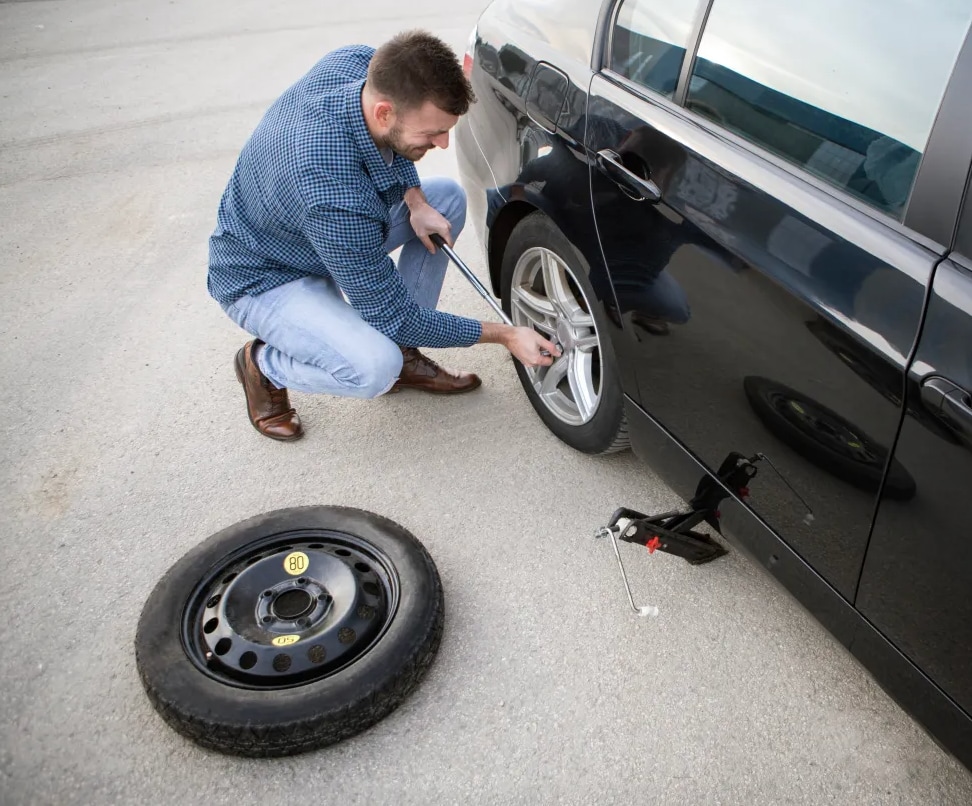
Stress-Free Car-Shopping
The Importance of Proper Car Oil Maintenance

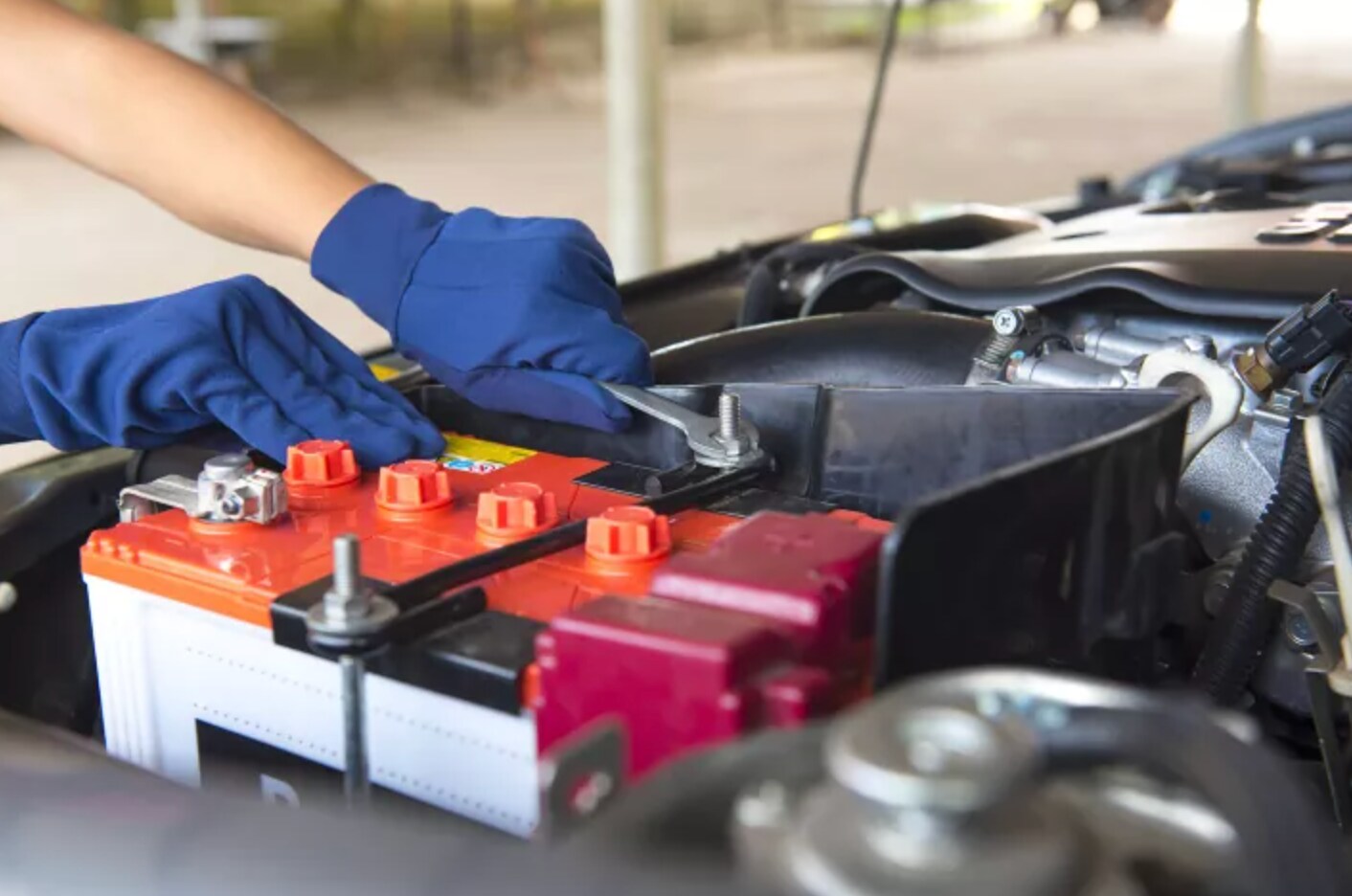
he Importance of Properly Caring for Your Car's Battery
3 Car Safety Features That Save Lives
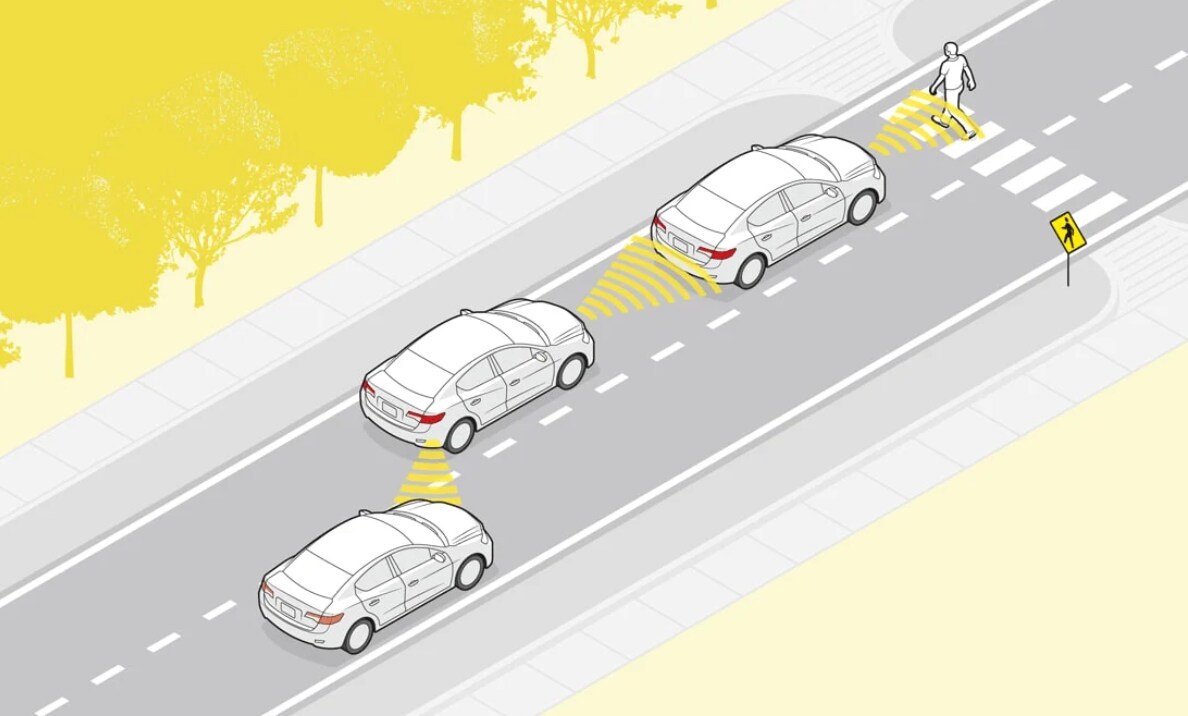

How to Get More Mileage Out of Your Tires
Foggy Headlights

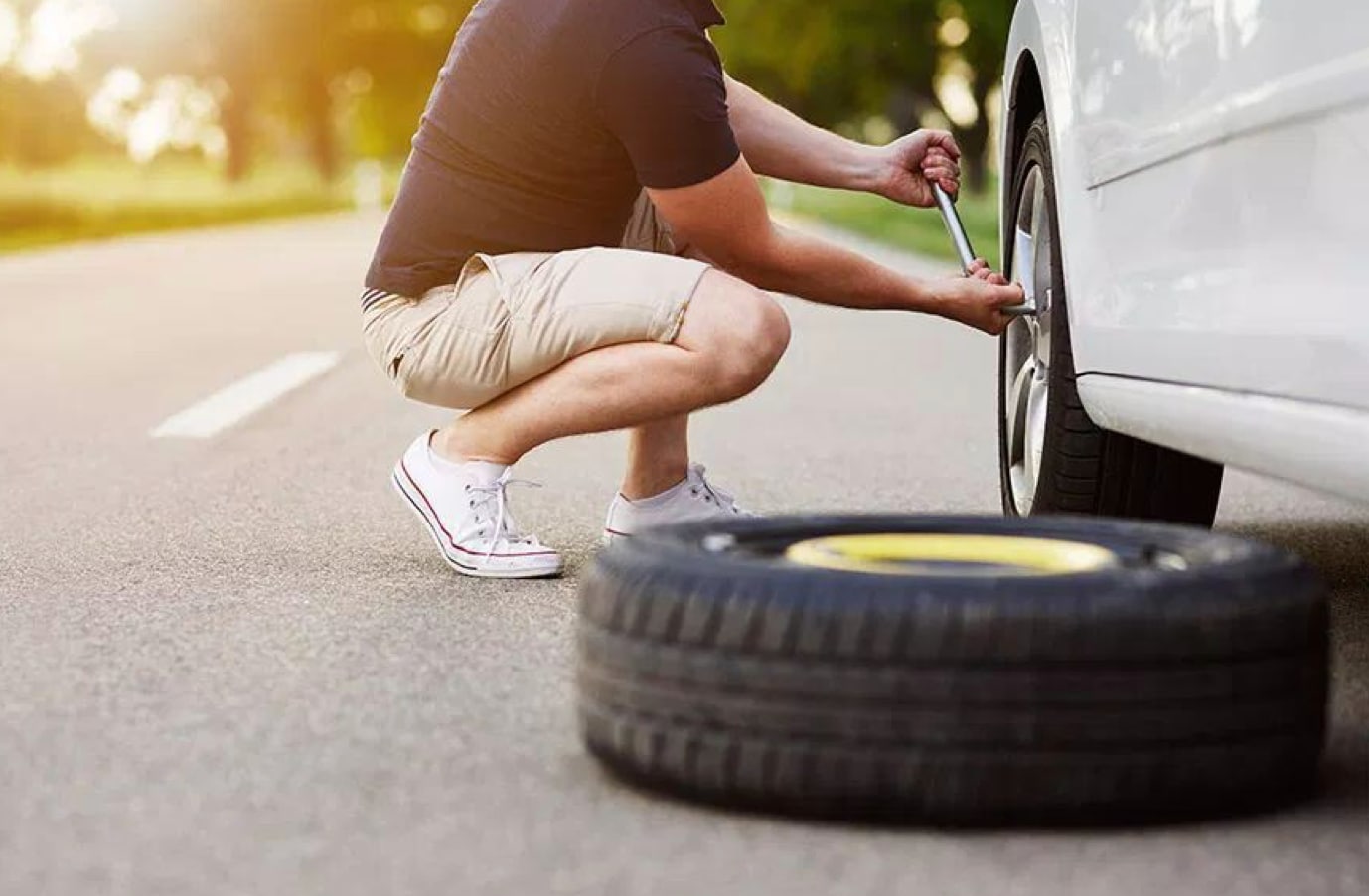
Flat Tire?
Is It Bad to Downshift in a Manual Car?
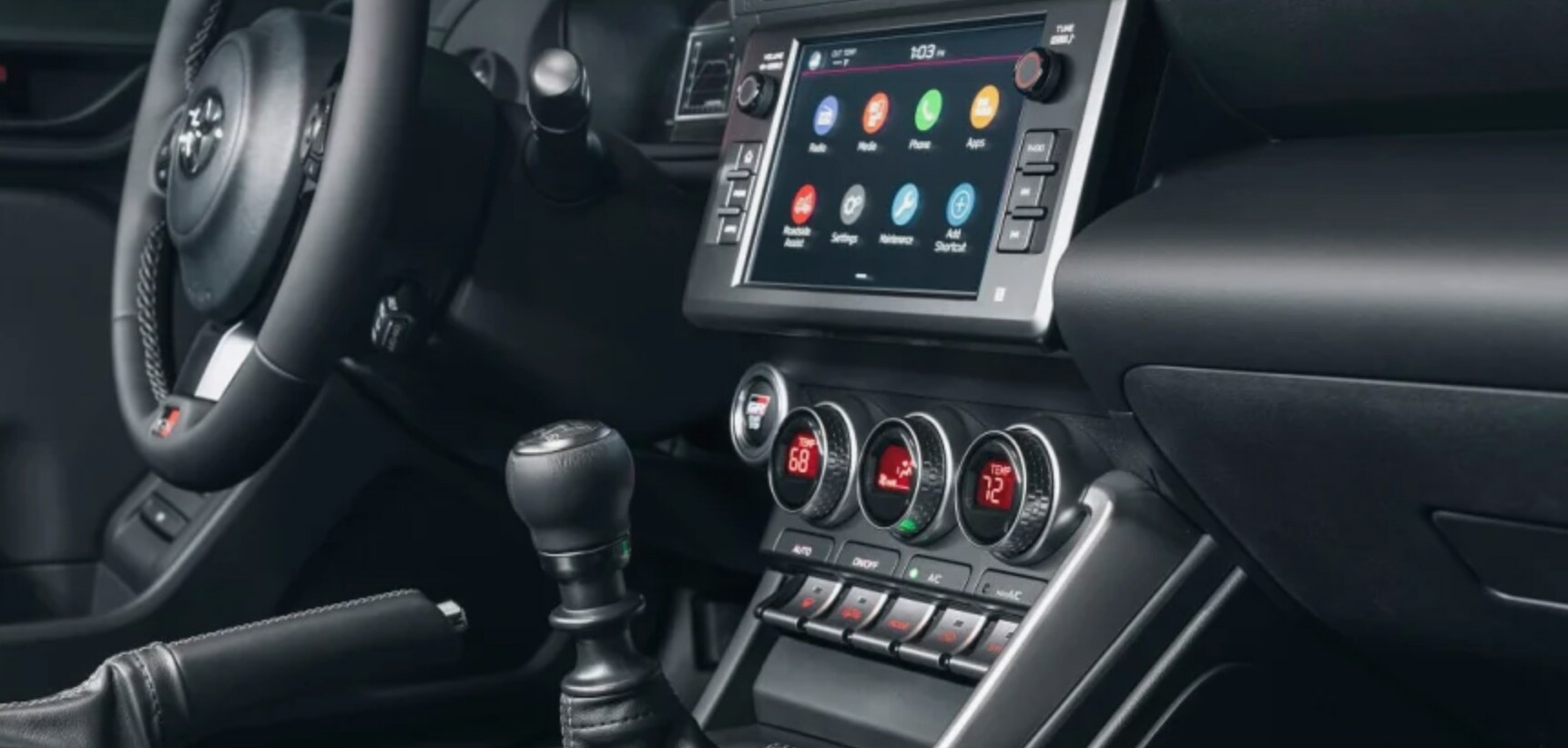

Why You Shouldn't Ignore a Damaged Windshield
Coasting
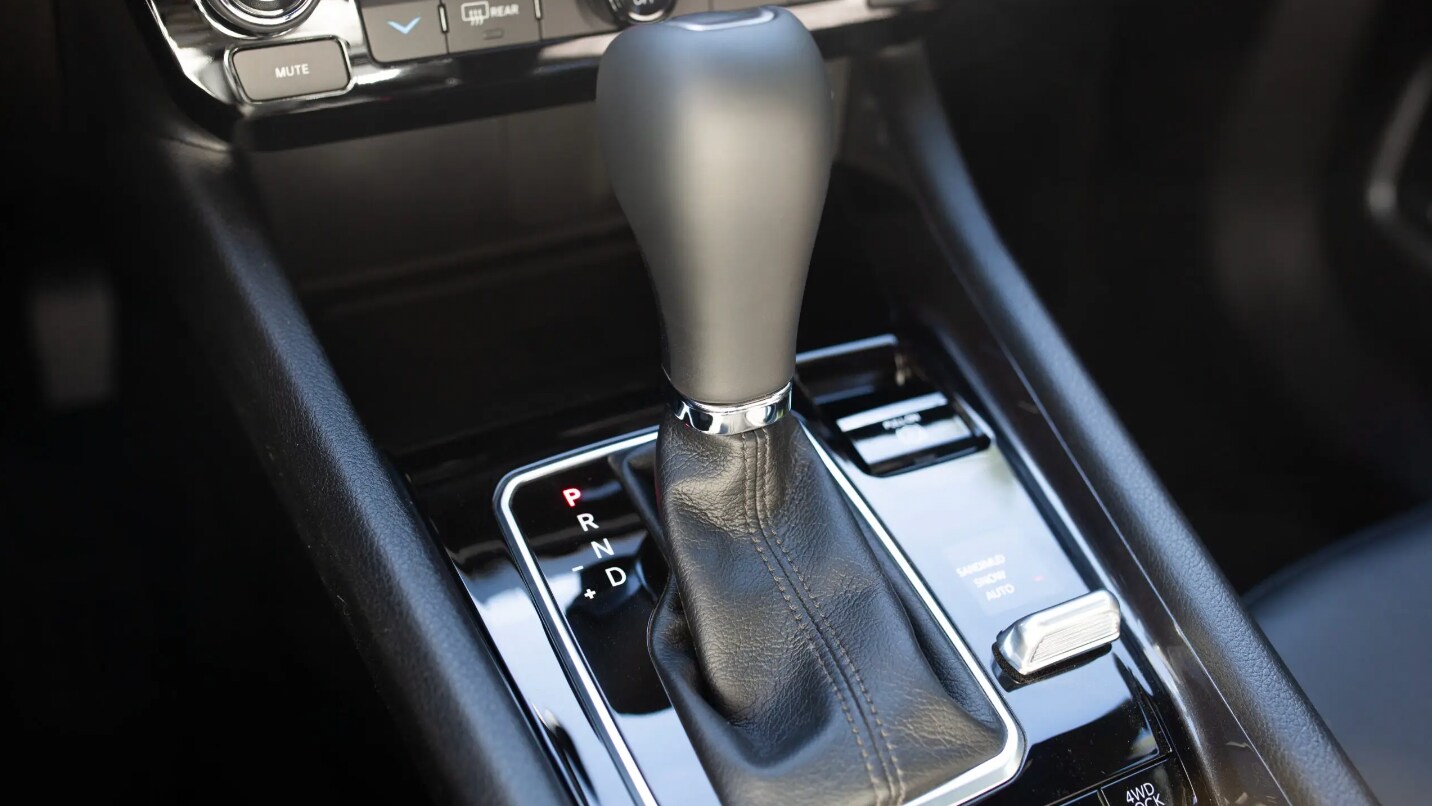

Safety Features Every Modern Car Should Have
Don’t Overlook The Windshield!
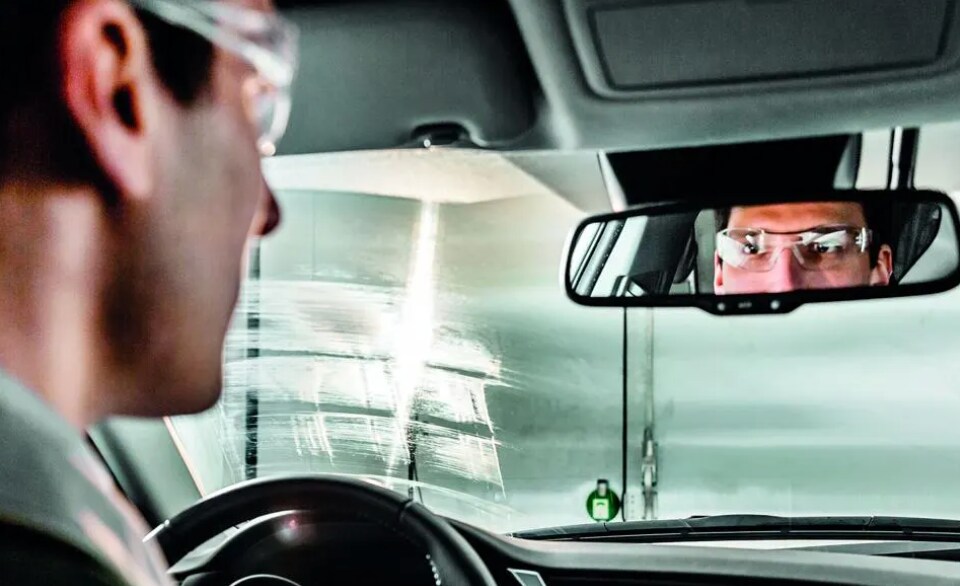

What do your car's dashboard lights mean?
Reasons Your Car Brakes Might Not Work Effectively

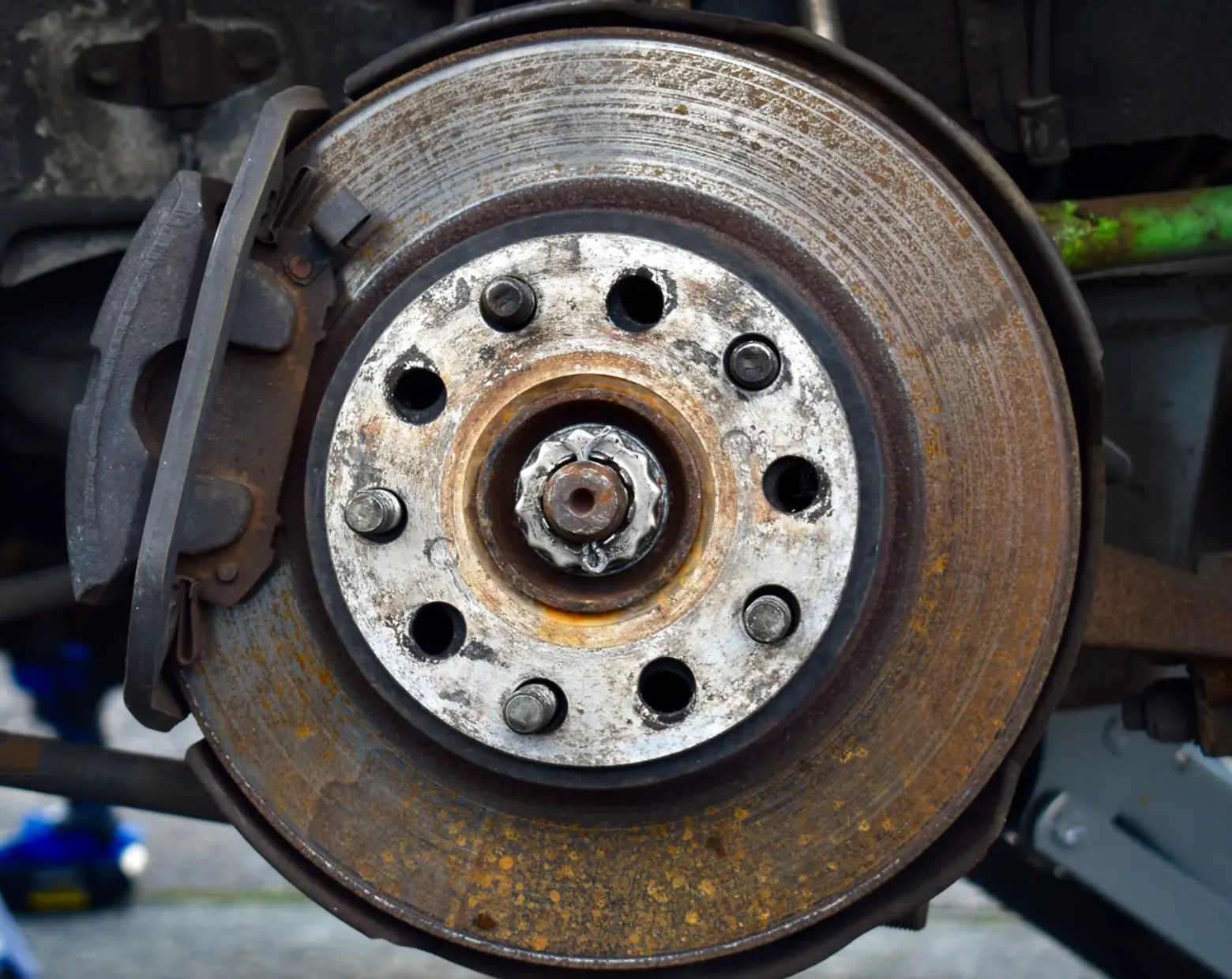
Check Your Breaks!
Break Pads: The Essentials
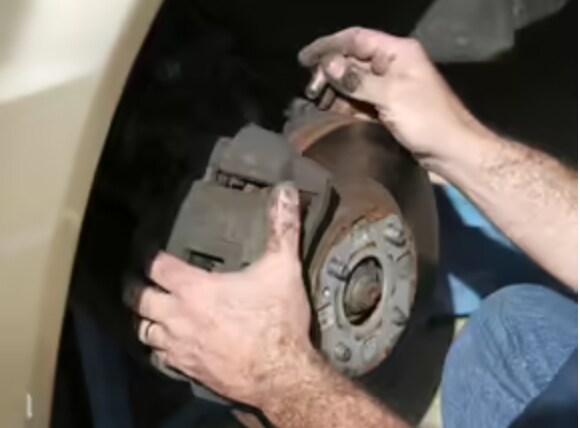
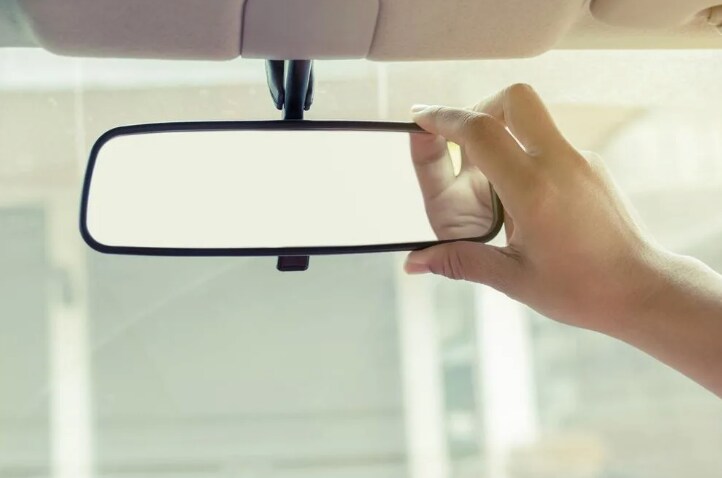
Do You Need To Replace Your Rearview Mirror?
Why Do Tires Have Little Hairs?
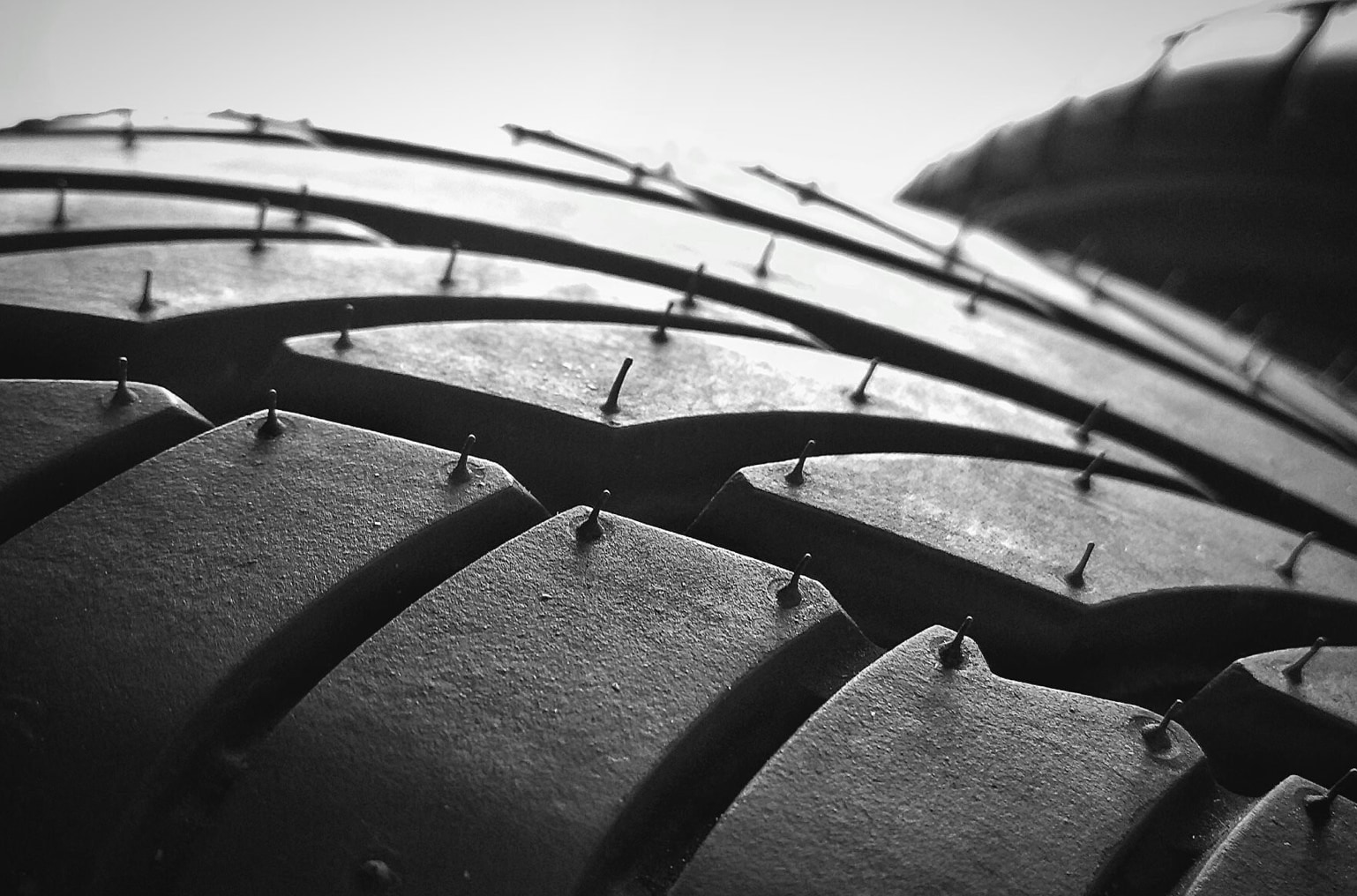

Did You Know Why Tires Go Flat During Colder Months?
Why are Tires Black?

Want to talk auto finance?


Stress-Free Car-Shopping
Speaking of new models, you have your pick of our showroom. Our local dealership keeps a great stock of used cars, trucks, and SUVs in inventory. With competitive prices offered on every pre-owned model for sale on our lot, you won't find a reason to visit any other dealership in Hollywood.
How Does a Fuel Gauge Work?


Stress-Free Car-Shopping
Speaking of new models, you have your pick of our showroom. Our local dealership keeps a great stock of used cars, trucks, and SUVs in inventory. With competitive prices offered on every pre-owned model for sale on our lot, you won't find a reason to visit any other dealership in Hollywood.